Do you often wonder how yoga came to be the practice we all know and love today?
I know I did—for a long time. Yet, trying to google this topic always gave me a headache. Tracing the lineage and influence of these yoga masters is no easy feat and trying to learn about it may feel like going through a massive, complex labyrinth.
So, let’s try to change that.
Telling the story of yoga through the lens of the luminaries, who with their unique philosophies and teachings have shaped the discipline, is a mighty challenge—but a rewarding one. Think of it like mapping the branches of a majestic tree. Each guru not only shaped the path of yoga but also mentored and inspired the next generation of teachers, leading to a diverse and rich history.
The Most Influential Yoga Teachers In History
Sage Patanjali (approx. 2nd Century BCE)
The Father of Classical Yoga
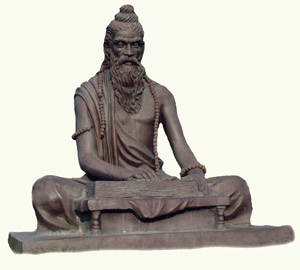
Patanjali is often regarded as the father of modern yoga and is mostly known for writing the Yoga Sutras, a foundational text that continues to influence yoga philosophy and practice.
Despite that, Patanjali is a mysterious figure in the ancient history of yoga. For instance, the exact historical timeline of his life is shrouded in mystery. Historians place him anywhere between a few centuries BCE to the early centuries CE. Then, there’s the dilemma surrounding his contributions to yoga, with some claiming that several different authors worked under the name “Patanjali.”
Whether it was one man or the name representing all the early, unknown authors that turned yoga into an organized, systematic practice, one thing is for sure: Patanjali’s work is the cornerstone of yoga philosophy.
His most renowned work, the Yoga Sutras, is a collection of 196 aphorisms that lay the foundational framework for what we now refer to as raja yoga or classical yoga. He also introduced the eight limbs of yoga (Patanjali’s Ashtanga Yoga), which include moral and ethical guidelines (yamas and niyamas), physical postures (asanas), breath control (pranayama), sensory withdrawal (pratyahara), concentration (dharana), meditation (dhyana), and the state of bliss or enlightenment (samadhi).
Safe to say, he influenced nearly every major yoga teacher. His work is a philosophical guidebook for many modern yoga practices, even though he (or they) never directly taught contemporary yoga gurus.
Adi Shankaracharya (8th century CE)
The One Who Influenced Yoga’s Meditative Practices
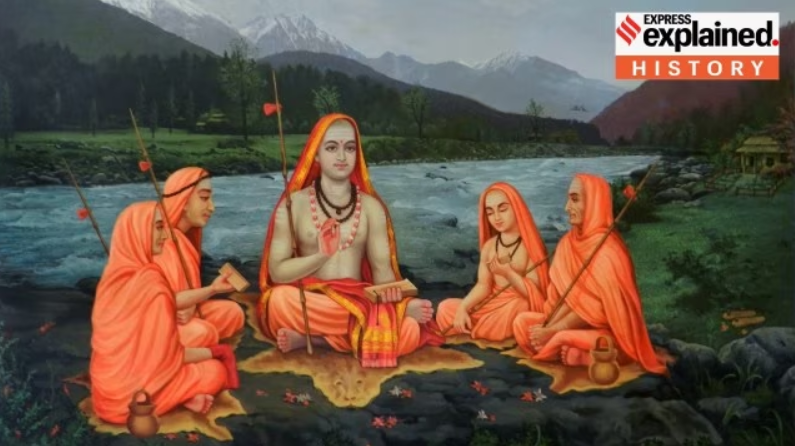
Adi Shankaracharya is a towering figure in Indian philosophy, although not one that’s usually associated with yoga. He is renowned for revitalizing and consolidating the philosophical school of Advaita Vedanta, which espouses non-dualism—the belief in the fundamental unity of the soul (Atman) and the ultimate reality (Brahman).
If this sounds familiar, that’s because the essence of yoga as a philosophical concept is unity. Adi Shankaracharya’s teachings are not associated with the physical aspect but have deeply influenced the philosophical and meditative aspects of yoga. His work sheds light on many of the concepts that are foundational to various forms of yoga, such as jnana yoga and integral yoga, as well as many meditative practices.
Adi Shankaracharya was not a yoga guru in the conventional sense, but I believe he deserves his spot among the great yoga teachers because he influenced yogic thought and meditative practices—including Swami Vivekananda, the person who brought yoga to the West.
Swami Vivekananda (1863-1902)
The One Who Brought Yoga to the West
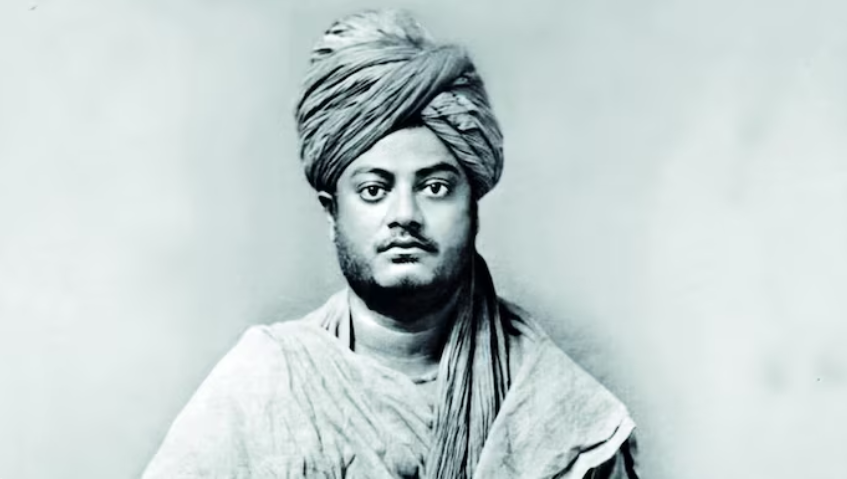
If you live in North America and want to thank someone for having yoga in your life, that would be Swami Vivekananda.
His speech at the Parliament of the World's Religions in Chicago in 1893, where he planted the seeds of yoga in Westerners' minds, was groundbreaking and historic, bringing him international attention and fame.
Swami Vivekananda’s teachings focused on a brand of spirituality that was practical and relevant to daily life. He introduced the concept of “Practical Vedanta”—a way to apply the teachings of Vedanta in everyday life, highlighted the importance of raja yoga—the path of meditation and control of the mind, and taught that everyone, irrespective of religion, can attain the highest spiritual realization.
However, Vivekananda’s unique stance on yoga practice is fascinating to note. Unlike the popular perception of yoga today, which often emphasizes physical postures (asanas), Vivekananda did not consider the physical asana practice of yoga useful. He taught pranayama (breathing exercises) and meditation, with a focus on positive thinking.
Vivekananda wrote many popular yoga books throughout his life, including Raja Yoga, Jnana Yoga, Meditation and Its Methods, and Karma Yoga: The Yoga of Action.
Sri Aurobindo (1872-1950)
The Founder of Integral Yoga (Purna or Supramental Yoga)
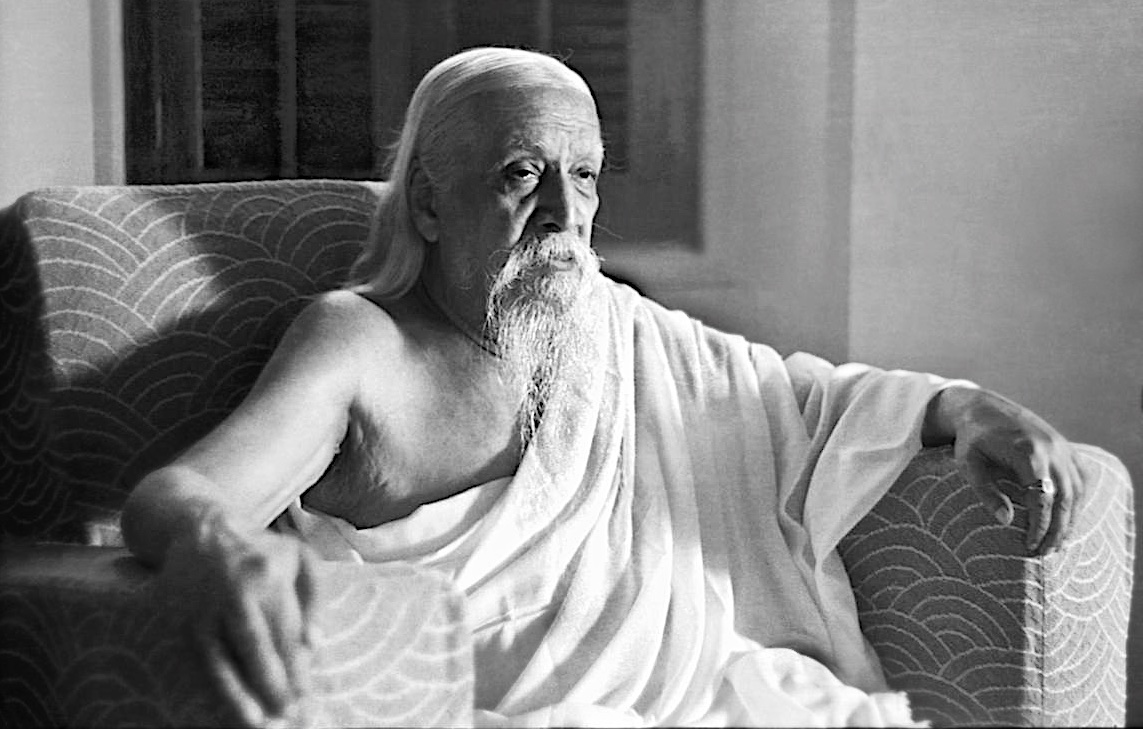
Sri Aurobindo was a philosopher, yogi, guru, poet, and nationalist who developed the spiritual practice known as integral yoga. Aurobindo’s Integral Yoga is a system of yoga that encapsulates the practices and principles of six yoga philosophies: hatha, raja, bhakti, karma, jnana, and japa yoga.
He was born and educated in England but returned to India when he was 21 years old and had an impactful role in the early stages of India's fight for independence from British rule.
Aurobindo’s involvement in the nationalist movement helped him grow spiritually and motivated him to study Indian culture and philosophy. This is how he became interested in the spiritual aspects of yoga, which led him to develop his Integral Yoga practice. Integral yoga's goal is to help individuals transcend the limitations of the ego and achieve a higher state of consciousness. However, he wasn’t interested in and never taught yoga in the traditional sense of asanas (yoga postures).
Fun Fact: There are two different schools of yoga known as integral yoga. One is Sri Aurobindo’s Integral Yoga, also known as Purna or Supramental Yoga. The second one is Swami Satchidananda’s Integral Yoga, which was developed later and popularized in the US.
Integral yoga, as Aurobindo taught it, involves the practice of surrendering to the higher, divine force, and allowing that force to transform one's being.
Tirumalai Krishnamacharya (1888-1989)
The Father of Modern Yoga
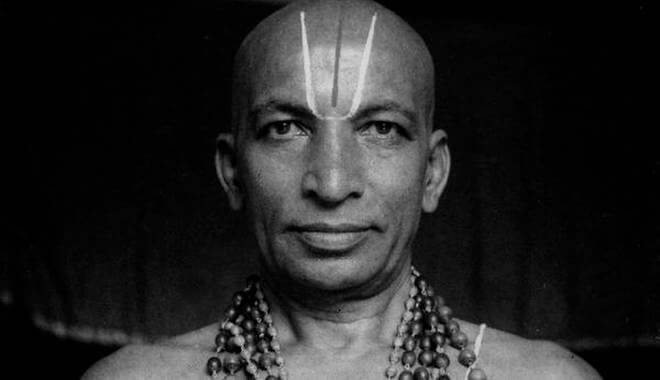
Krishnamacharya is arguably the second biggest name in yoga after Patanjali in terms of influence and legacy. He is often described as the most influential yoga teacher of the 20th century, as some of his students are B.K.S. Iyengar, K. Pattabhi Jois, Indra Devi, and T.K.V. Desikachar (his son).
Krishnamacharya spent seven years in Tibet, where he studied yoga and other philosophies under the instruction of his guru, Yogeshwara Ramamohan Brahmachari. Here, he learned more about the Yoga Sutras of Patanjali, hatha yoga, and the therapeutic aspects of yoga, which he later used in his teachings.
Often called "the father of modern yoga," Krishnamacharya's teachings are the foundation of today’s ashtanga yoga, vinyasa yoga, and many other contemporary styles. In his teachings, he was the one to emphasize vinyasa: the synchronization of breath and movement, which was innovative and ahead of its time.
He was also one of the first yoga teachers to adapt the practice to the needs of the individual, a principle that is now part of the essence of yoga. Because of this, his teaching style was very versatile. He was known for creating rigorous asana practices to train young boys in Mysore, as well as therapeutic practices for individuals with health issues. This was also reflected in his beliefs, as he saw yoga as both a spiritual practice and a mode of physical healing.
Krishnamacharya’s impact on yoga is monumental, as through his students, many of whom are on this list, his approach to yoga spread globally, influencing millions of practitioners.
Indra Devi (1889 - 2002)
The First Lady of Yoga
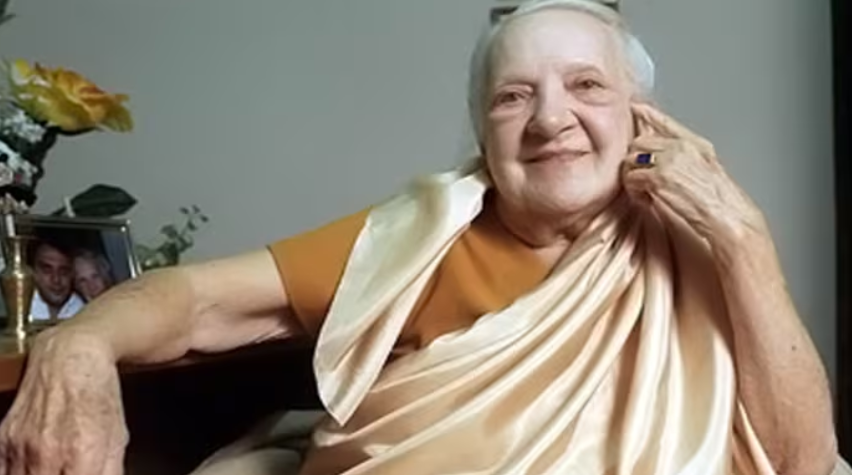
Indra Devi is a remarkable woman who made history as the first woman ever to study at an Indian ashram under the legendary Krishnamacharya. She was born in Latvia in 1889 with the name Eugenie Peterson. From a very young age, after reading the Bhagavad Gita, Indra became fascinated with Indian culture, which culminated in her moving to India.
There, she became a movie star and adopted the stage name Indra Devi. However, since Indra was more interested in yoga, she eventually traveled to the Mysore Palace and asked to be taken under the instruction of Tirumalai Krishnamacharya.
According to some sources, Krishnamacharya first refused her because of the prevailing social norms: not only was she a foreigner, but she was also a woman! However, after her persistence and the intervention of the Maharaja of Mysore, at whose palace Krishnamacharya was teaching, the famous yoga guru took her under his wing and made history. Remember Katara and Master Pakku? Same story, but different.
Indra Devi became both the first woman and the first foreigner to train in yoga under Tirumalai Krishnamacharya. This was undoubtedly a groundbreaking moment, as it opened the door to yoga for women and Westerners, a field traditionally dominated by Indian men.
Indra Devi's global influence began with her decision to move to Hollywood and teach yoga to celebrities, such as Marilyn Monroe, which significantly boosted yoga’s popularity in the West.
In addition to this, Indra’s teachings, emphasizing yoga’s physical and health benefits, made the practice accessible and appealing worldwide. Essentially, she played an instrumental role in demystifying yoga for Westerners and portraying it as a tool for physical health, mental well-being, and spiritual growth.
Paramahansa Yogananda (1893-1952)
The One Who Brought Kriya Yoga to the West
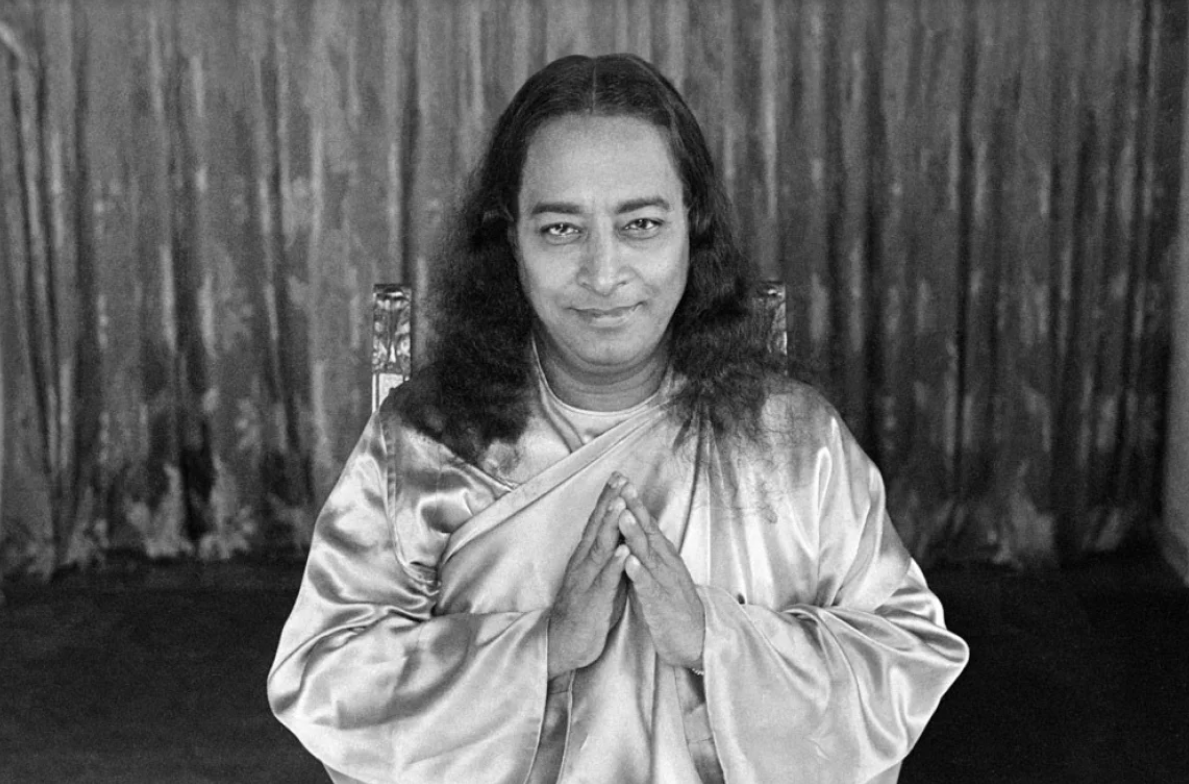
Paramahansa Yogananda stands out as a key figure who introduced his Kriya Yoga to the Western world. He is best known for his spiritual classic, the Autobiography of a Yogi, which has inspired millions on their spiritual journey.
Yogananda’s legacy is primarily through kriya yoga, a meditation technique that focuses on rapid spiritual development and the harmonious balance of body, mind, and soul. His work is particularly important because he showed the West that yoga is not just a physical practice but also a spiritual journey that can lead to self-realization.
In 1920, he founded the Self-Realization Fellowship, where he offered structured lessons in the philosophy and practice of yoga.
Though not a traditional yoga teacher in the sense of asanas, Paramahansa Yogananda had a big influence on the spiritual aspects of yoga in the West.
Shri Yogendra (1897-1989)
The Father of Modern Yoga Renaissance
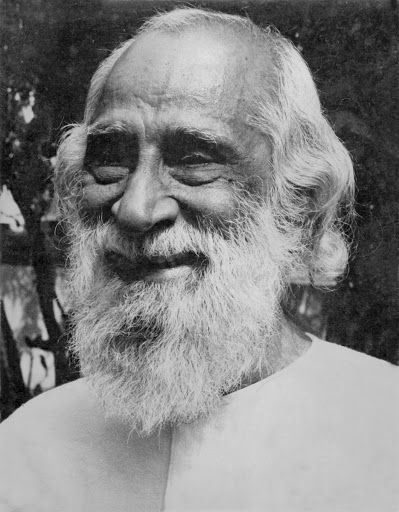
Shri Yogendra, born Manibhai Haribhai Desai, is celebrated for his role in changing the perception of yoga as an esoteric practice to a health and wellness tool accessible to all. He blended Eastern traditions with Western sensibilities, which laid the groundwork for modern yoga practices.
Yogendra collaborated with health professionals like John Harvey Kellogg and Benedict Lust to validate yoga's health benefits in the Western scientific community. His innovative approach revived hatha yoga practices and established yoga as a therapeutic tool.
In 1918, he founded The Yoga Institute, one of the first yoga centers in the world that aimed to demystify yoga and make it available to everyone, regardless of their religious beliefs.
Shrimati Sita Devi Yogendra (1912-2008)
The Mother, First Female Yoga Guru
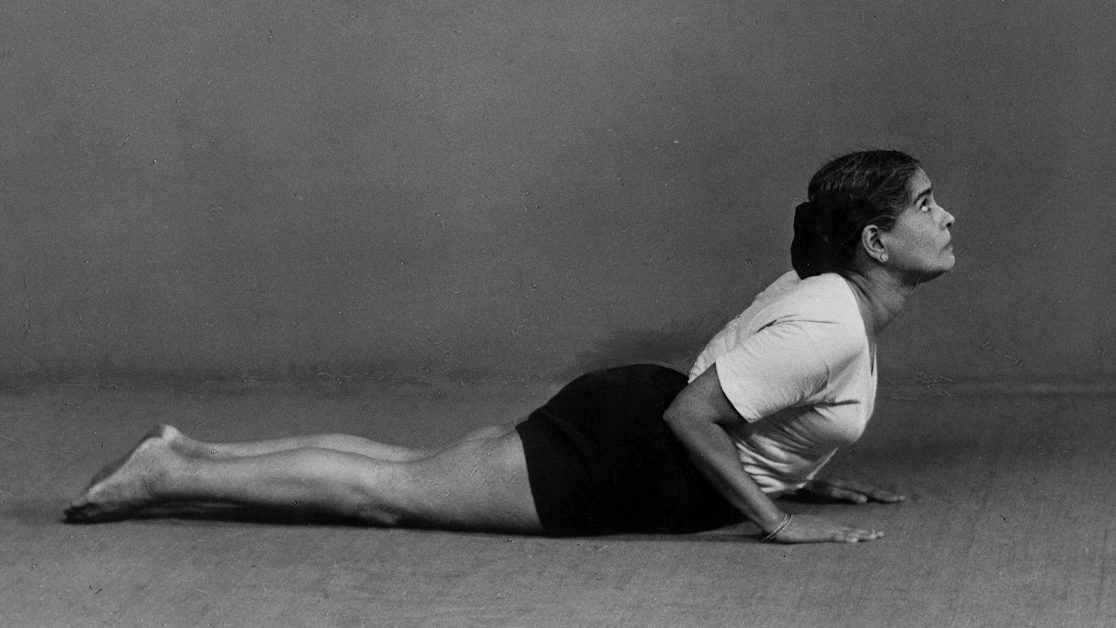
Yogendra’s legacy wouldn’t be complete without mentioning his better half, Shrimati Sita Devi Yogendra, known as “the mother” within the yoga community. Shrimati Sita Devi married Shri Yogendra in 1927 and dedicated her life to yoga after that. This is especially significant as this was a time when yoga was predominantly a male practice.
Along with Indra Devi, Shrimati Sita Devi is one of the first female yoga practitioners who paved the way for other women in yoga. She holds the title of first female yoga guru and the woman who inspired thousands of other women to pursue yoga. Recognizing the universal benefits of the practice, she broke the traditional gender barriers of her time and advocated for the inclusion of women and children.
As a pioneer in yoga education for women, Shrimati Sita Devi focused on issues unique to the sex, such as hormonal imbalances, menstruation, and pregnancy. She wrote numerous articles and books, including Easy Postures for Women, which stands as the first comprehensive guide to yoga for women, written by a woman.
Her legacy, marked by compassion, dedication, and groundbreaking efforts to democratize yoga, continues to inspire.
Sivananda Radha Saraswati (1911–1995)
The Woman Who Founded the First Ashram in Canada
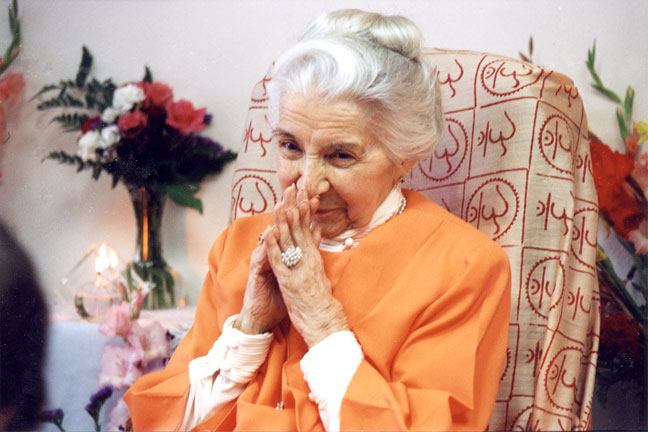
Sivananda Radha Saraswati, born Sylvia Demitz, is a remarkable woman who played a huge role in making yoga relatable and accessible in the West, more specifically, Canada. She was born and raised in Germany but emigrated to Canada to escape the horrors of the Holocaust. Her first husband was executed for helping Jewish friends flee Germany.
These experiences inspired her to look for spiritual fulfillment and answers to life's big questions, which brought her to India. There, she became a disciple of Swami Sivananda of Rishikesh, who is one of the most respected spiritual leaders of the 20th century.
One of the most inspiring facts about Saraswati to us is that she was among the first Western women to dive deep into the world of yoga by becoming a sannyasin—a monk who lives life in pursuit of spiritual truth.
When she returned to Canada, Radha Saraswati founded the Yasodhara Ashram in British Columbia, Canada, creating a space where people could come together, learn, and grow. She taught different types of yoga, like karma yoga (yoga of action), bhakti yoga (yoga of devotion), jnana yoga (yoga of knowledge), and especially kriya yoga (a set of practices for purifying the body and mind).
Sri K. Pattabhi Jois (1915-2009)
The Father of Ashtanga Yoga
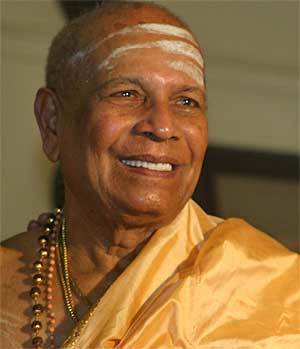
Sri K. Pattabhi Jois is another famous name in the yoga community, renowned for developing and popularizing ashtanga yoga. He is also part of the group of influential yoga teachers who studied directly under Tirumalai Krishnamacharya.
His biggest contributions to yoga are his efforts in structuring and disseminating the ashtanga yoga system through a fixed set of asanas linked by vinyasa (breath-synchronized movement). Jois also developed the Tristhana method – posture, breathing, and finding a focal point, which aims to heal the physical body and cultivate mental focus along with inner spiritual energy.
He established the Ashtanga Yoga Research Institute in Mysore, India, which attracted students worldwide and made Ashtanga yoga one of the most influential and widely practiced yoga styles globally.
Pattabhi Jois’s core principles were: discipline, dedication, and devotion. His work lives on through his students and the ashtanga yoga method, which continues to be a big part of contemporary yoga styles.
However, it’s important to note that his personal legacy has been marred by accusations and proof of sexual misconduct that have emerged in recent years. These allegations have sparked important discussions within the yoga community about ethics, guru-student relationships, and the need for safe and respectful environments in yoga practices.
Therefore, keep in mind that while we acknowledge the legacy and work of these people throughout history, it’s not our idea to idealize them or put them on a pedestal.
B.K.S. Iyengar (1918-2014)
The Founder of Iyengar Yoga
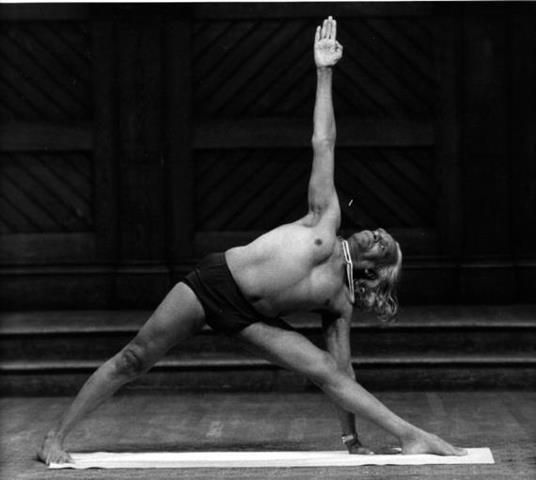
Bellur Krishnamachar Sundararaja (B.K.S.) Iyengar, yet another famous student of Tirumalai Krishnamacharya, is celebrated for his revolutionary approach to yoga and the development of Iyengar Yoga.
As a child, Iyengar was often sick and in an attempt to improve his health, he began his journey in yoga. As he learned and mastered the practice, his focus remained on health and healing, which is what he also embodied in his own system of yoga.
His practice, Iyengar Yoga, is celebrated for its emphasis on precision and alignment in the execution of postures (asanas), the use of props like blocks, belts, and blankets to aid practitioners, as well as a focus on the therapeutic benefits of yoga. It was through this meticulous approach that he made yoga accessible to people of all ages and abilities, which ultimately redefined how yoga was practiced and taught.
His book, Light on Yoga, is usually regarded as the bible of modern yoga because of its detailed instructions, precision, and comprehensive descriptions of more than 200 asanas.
Iyengar's methods continue to be some of the most widely practiced globally. We can attribute his popularity in part to his TV appearances. In fact, Iyengar was one of the first yogis to “perform” yoga on TV. He was also named one of the most influential people in the world by TIME magazine in 2004, highlighting the important role Iyengar played in the spread of yoga asana.
Maharishi Mahesh Yogi (1918-2008)
The Proponent of Transcendental Meditation
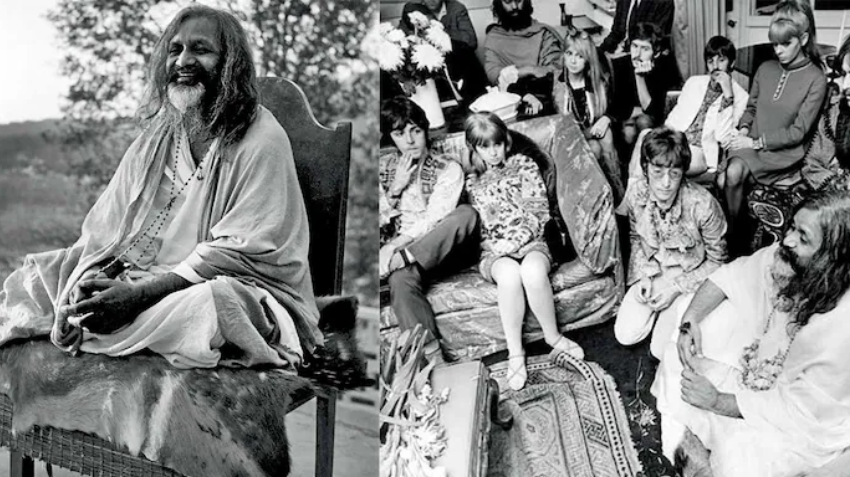
Known as the “Giggling Guru,” Maharishi is a transcendental meditation sage and leader who revived the popularity of meditation practices, systemized them, and made them accessible to everyone.
He created the TM method (transcendental meditation) for achieving deep relaxation and stress relief, which gained a lot of traction in the West. Throughout his life, he taught his method to millions of people and trained thousands of teachers.
Maharishi's teachings revolve around the belief that the regular practice of TM can lead to a state of perfect stillness and heightened awareness. His approach is well-received today because it uniquely blends ancient Vedic principles with modern life. The fact that meditation is integral to contemporary yoga practices testifies to how Maharishi’s beliefs and holistic approach to physical and mental well-being made a significant impact.
Swami Satchidananda (1914-2002)
The Woodstock Guru and Promoter of Peace
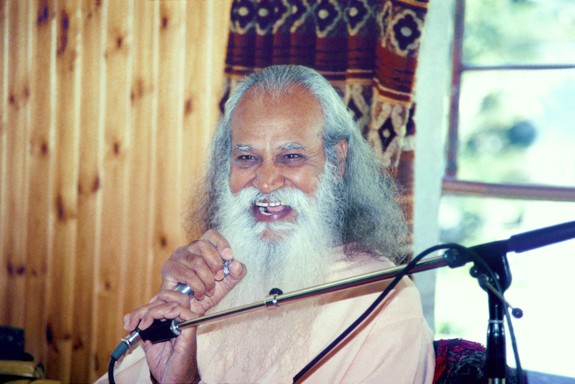
Swami Satchidananda was an Indian teacher and yoga guru who gained fame in the West. He is probably most known for opening the 1969 Woodstock Music Festival by addressing a crowd of over 500,000 people.
Still, within the yoga community, Swami Satchidananda is known as one of the most respected yoga masters of all time. His teachings emphasized the unifying potential of yoga, not just as a physical practice, but as a means to bridge cultural and religious divides. He dedicated his life to promoting peace, which he believed could be achieved through vegetarianism, environmental conservation, and open interfaith dialogue.
His Integral Yoga approach (different from Sri Aurobindo’s Integral Yoga) combines elements of hatha yoga (physical postures), raja yoga (controlling the mind), bhakti yoga (devotion), karma yoga (selfless service), jnana yoga (mind and intellect), and japa yoga (mantra repetition).
Today, the Integral Yoga Institute founded by Swami Satchidananda has branches all around the world and plays a big role in promoting yoga globally.
Swami Rama (1925-1996)
A Trailblazer in Mind-Body Connection and Yoga Science
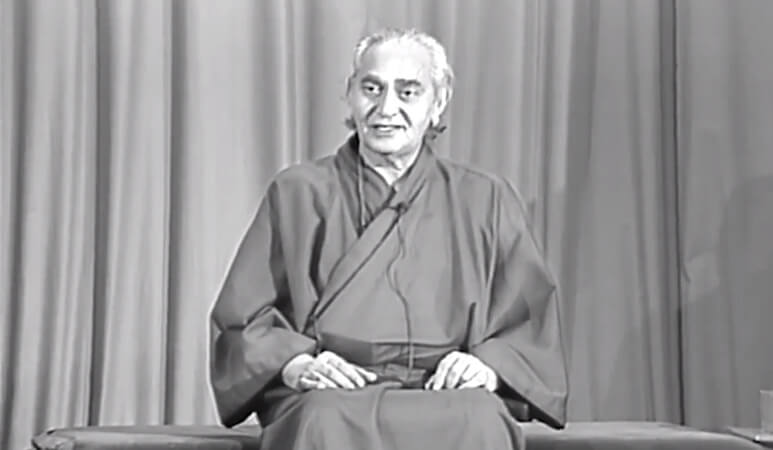
If you ever wondered where the notion that “yogis can control their heartbeat” came from, let me introduce you to Swami Rama’s work. His role in the maze of yoga’s past is bringing the science behind yoga to a global audience.
Most people know Rama from his participation in the groundbreaking biofeedback research at the Menninger Clinic in the 1970s. This research demonstrated his extraordinary ability to control autonomic bodily processes through yogic meditation techniques. During the study, Rama changed the temperature of the skin in one of his palms and controlled his heartbeat - speeding it up and slowing it down at will. Needless to say, he wow-ed everyone and challenged the prevailing scientific understanding of the mind-body connection.
Swami Rama's work emphasized the holistic nature of yoga, focusing on the integration of the mind, body, and spirit. This approach has significantly influenced how yoga is used in therapeutic settings, particularly in stress reduction and self-regulation techniques.
His books, such as Living with the Himalayan Masters and The Art of Joyful Living provide insight into his teachings and continue to inspire yoga practitioners around the world.
However, his impressive work is forever stained by his sexual misconduct allegations. He was one of the first yoga gurus who actually faced consequences for his actions in court, as the jury awarded the plaintiff, a 19-year-old student, $1.9 million in damages.
Once again, we’re reminded of the complex and, sometimes, dark side of historical figures, especially those in positions of “spiritual” authority. While he made significant contributions to the integration of yoga into Western therapeutic practices, his misconduct seriously threatened the reputation of those very same yoga practices.
Yogi Bhajan (1929-2004)
The One Who Brought Kundalini Yoga and Sikh Dharma to the West
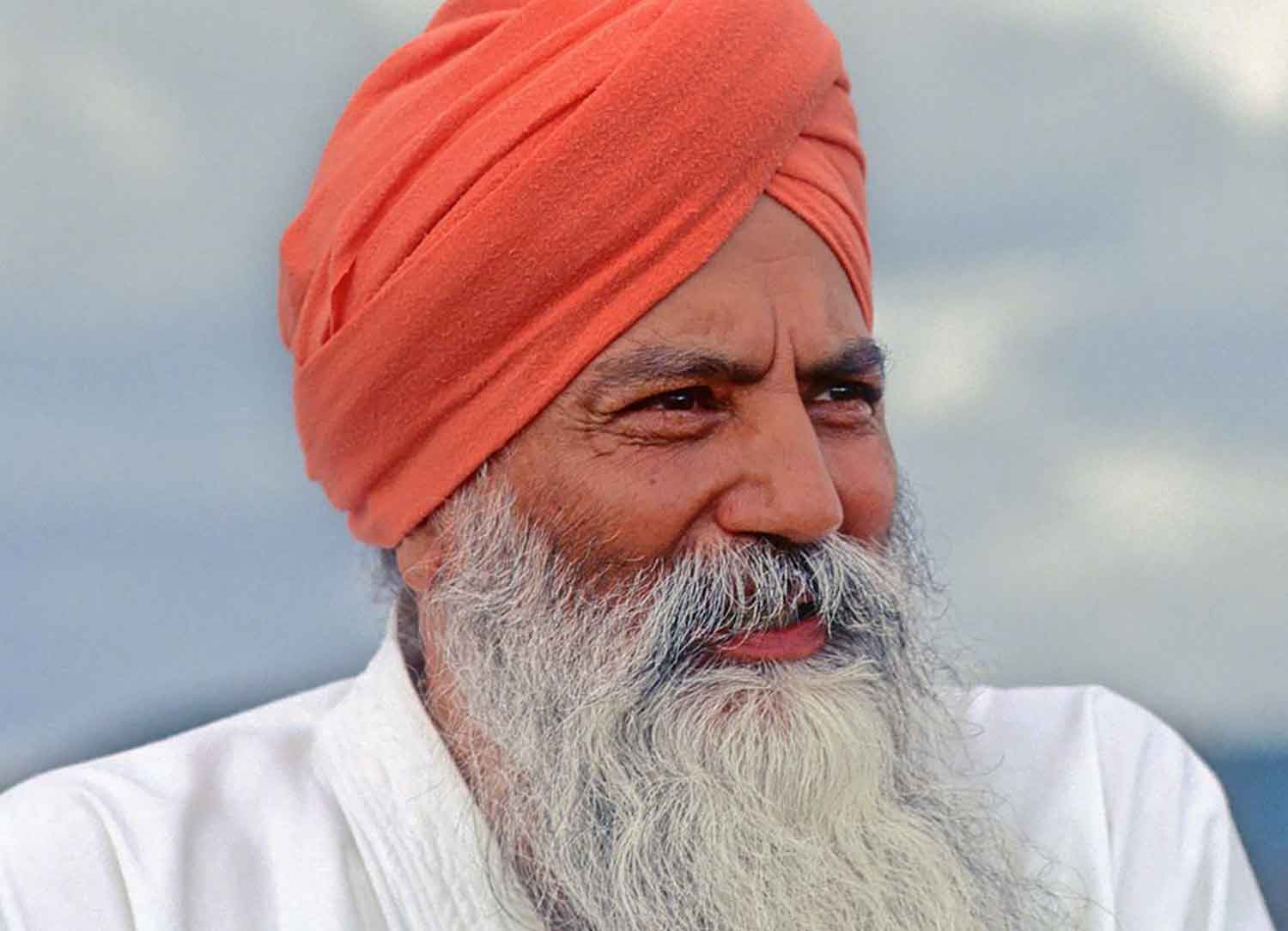
Kundalini yoga is a practice that involves chanting, singing, breathing exercises, and repetitive poses as tools to activate the kundalini energy or shakti. This energy is believed to be a kind of feminine “cosmic” energy that’s located at the base of the spine.
Yogi Bhajan is the one who introduced the West to this form of yoga. His teachings focused on awakening the kundalini energy and utilizing yoga as a tool for spiritual growth. Bhajan's approach combined physical postures, dynamic breathing techniques, meditation, and the chanting of mantras.
His legacy includes the establishment of 3HO—the Healthy, Happy, Holy Organization—that continues to promote his teachings. There are now over 300 kundalini yoga centers in 35 countries across the world.
T.K.V. Desikachar (1938-2016)
The Proponent of Personalized Yoga Therapy
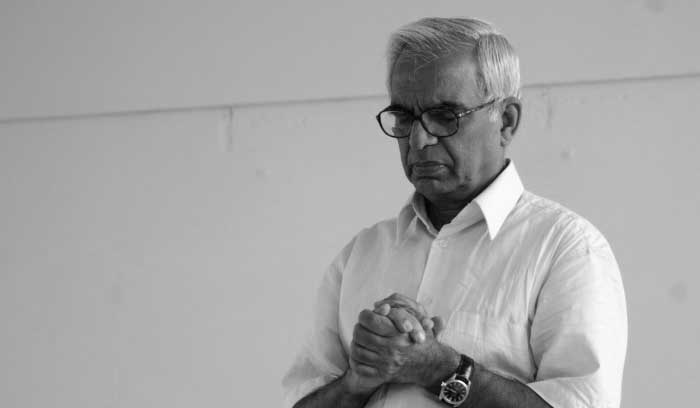
T.K.V. Desikachar is the son of the legendary yoga teacher Krishnamacharya. He was also his student and is known worldwide for his approach known as Viniyoga.
Semantically, Viniyoga originates from ancient Sanskrit and means appropriate application. Today, it’s mostly associated with holistic approaches to yoga that address the entire person, including their body, breath, mind, behavior, and emotions.
Desikachar used Viniyoga to advocate for a personalized yoga therapy that’s adaptable to the individual's needs, considering their age, health, and cultural background. Because of this, Desikachar’s work has heavily influenced the therapeutic application of yoga, where personalization is key. In fact, we can even argue that his work was instrumental in the recognition of yoga therapy as a credible and effective approach to holistic health.
His most famous quote, from his book The Heart of Yoga, resonates deeply with contemporary attempts to divert yoga from the shallow grasp of social media and focus, once again, on its essence:
“The success of Yoga does not lie in the ability to perform postures but in how it positively changes the way we live our life and our relationships.”
Sri Dharma Mittra (born 1939)
The Living Legend of Hatha Yoga and Devotional Practice
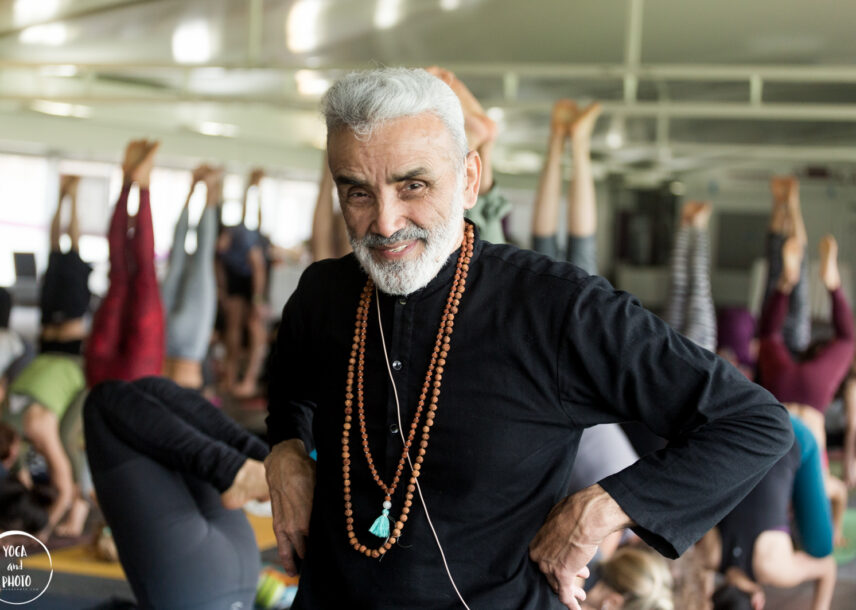
The only one on our list who’s still alive today, Sri Dharma Mittra, is known worldwide for his mastery of hatha yoga and his dedication to a life of service and teaching. His most famous work is the Master Yoga Chart of 908 Postures, an instructional masterpiece where Mittra meticulously assembled 1,350 photographs of posture variations he took of himself. This guide is a very influential tool in yoga education. He has also released a DVD series and authored the book Asanas: 608 Yoga Poses.
These contributions have established him as a pivotal figure in sharing yoga knowledge and practice. He is often referred to as the “teacher’s teacher” due to the influence he has had on yoga teachers from various schools, ashrams, and countries.
In addition to this, Mittra developed Dharma Yoga, a system of classical hatha-raja yoga. His teaching is deeply rooted in the first of The Eight Limbs of Yoga—yama, or ethical rules— highlighting the importance of ahimsa (non-harming or non-violence) which he promotes through veganism.
And All The Others…
As we wrap up this exploration of some of the most influential figures in yoga history, remember that this is just the tip of the iceberg. The world of yoga is incredibly rich, complex, full of branches, and deep—with countless teachers, each with their unique contributions and stories.
While we've spotlighted some key figures, there are numerous unsung heroes, pioneers, and innovators whose stories are equally inspiring. These individuals may not always make the headlines, but their impact is felt in the quiet corners of yoga studios, in the peaceful moments of personal practice, and in the lives they've touched directly.
So, as we acknowledge the great masters the likes of Sage Patanjali, Tirumalai Krishnamacharya, and B.K.S. Iyengar, let's also give a gentle nod to all those who have been part of yoga's unfolding story, even if their names are not on this list.
Each practitioner, teacher, and student adds a unique voice to this ongoing hymn. Remember, every time you step onto your mat, you're participating in a tradition that's as ancient as it is alive and evolving.



Comments
Existing Comments